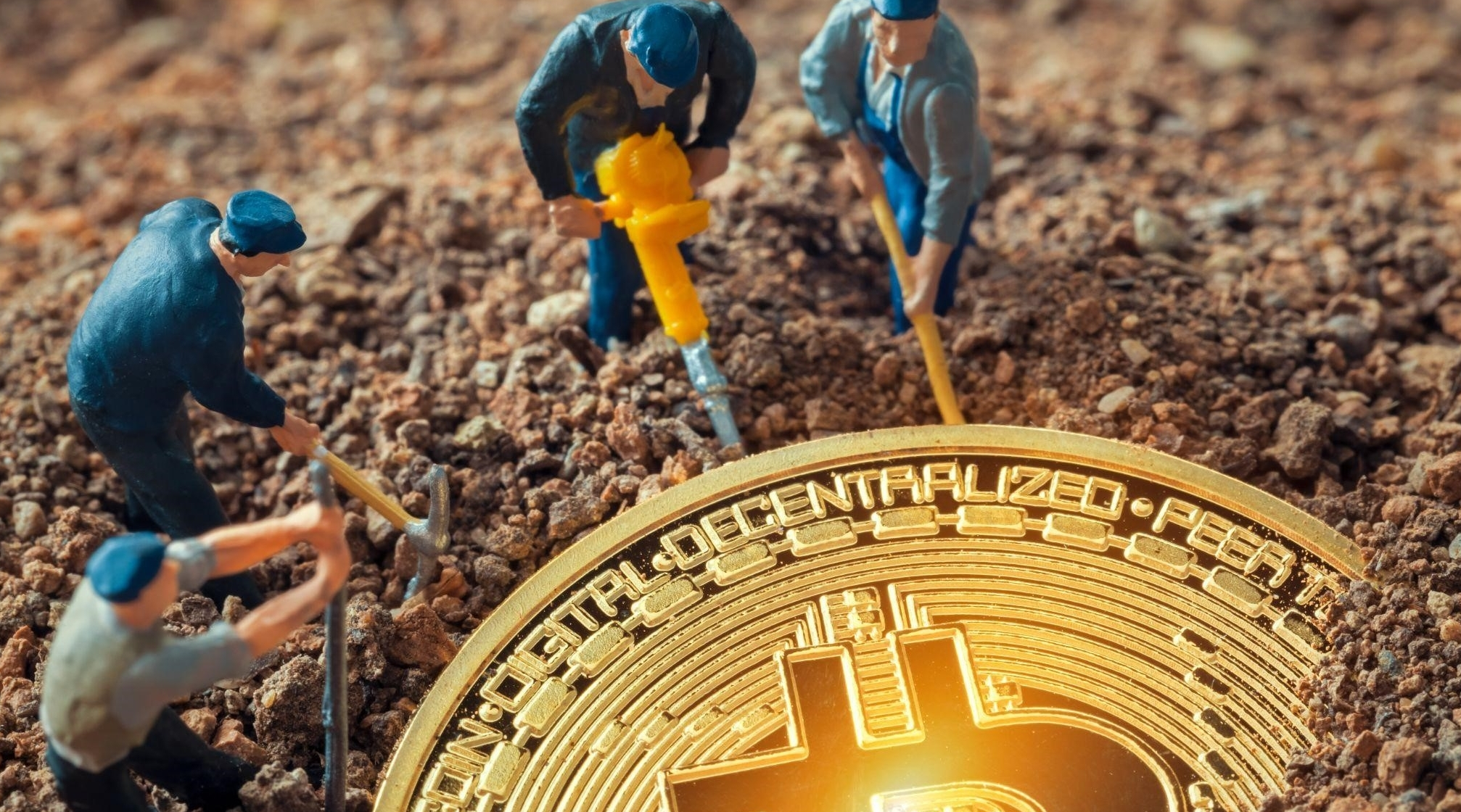The basic mechanism driving the most well-known cryptocurrency in the world is bitcoin mining. It is vital for maintaining the Bitcoin network, confirming transactions, and adding fresh bitcoins into the system. Sometimes, mining is likened to the digital equivalent of a gold mine, requiring resources, labor, and sophisticated instruments to extract value. Understanding Bitcoin mining becomes crucial for everyone engaged in blockchain technology, digital assets, or distributed finance, as the scene of cryptocurrencies changes.
The first miner to solve the puzzle gets to add the block to the chain and is paid newly minted bitcoins, together with any transaction fees incorporated in that block. Along with encouraging honest involvement, this approach generates a tamper-proof transaction record.
The resistance to manipulation ensures that Bitcoin remains a trustless and censorship-resistant technology. Decentralized cryptocurrencies differ from conventional financial systems in that they do not depend on centralized entities for validation in this fundamental aspect.
Every four years, a programmed event known as “Bitcoin halving” halves the incentive paid to miners. The most recent halving, in April 2024, dropped the reward from 6.25 BTC to 3.125 BTC per block. This built-in monetary policy replicates the scarcity of valuable commodities like gold and caps the total supply of Bitcoin at 21 million. Because of the supposed decrease in supply, these halving occasions usually generate more curiosity about Bitcoin.
Bitcoin mining will probably interact more with sustainable energy infrastructure in the following years, following more geographical diversification, and maybe get more attention on decentralization. Transaction fees will progressively replace block rewards as the main incentive for miners, as the last Bitcoin is estimated to be mined around 2140, therefore changing the financial basis of the network.
Final Thoughts
Bitcoin mining drives the entire network, not just as a means of generating new The Lightning Network confirms transactions and supports the distributed ideas guiding the Bitcoin ecosystem. ding the Bitcoin ecosystem. From early consumers using laptops to industrial-scale mining farms running on renewable energy, the narrative of Bitcoin mining is one of constant innovation, enormous economic complexity, and enormous influence on digital significance. Whether you’re an investor, a curious novice, or a potential miner, knowing the nuances of mining helps you better appreciate Bitcoin’s value proposition and long-term viability.





